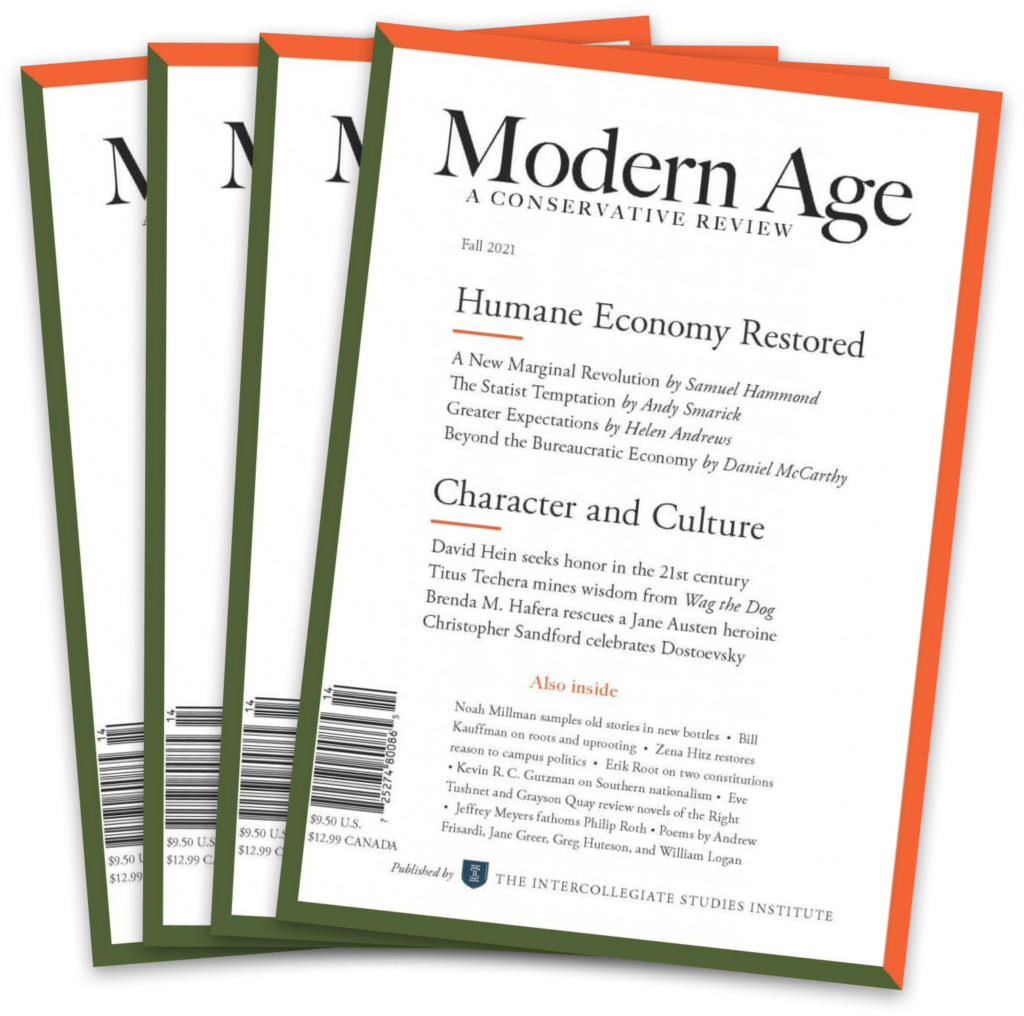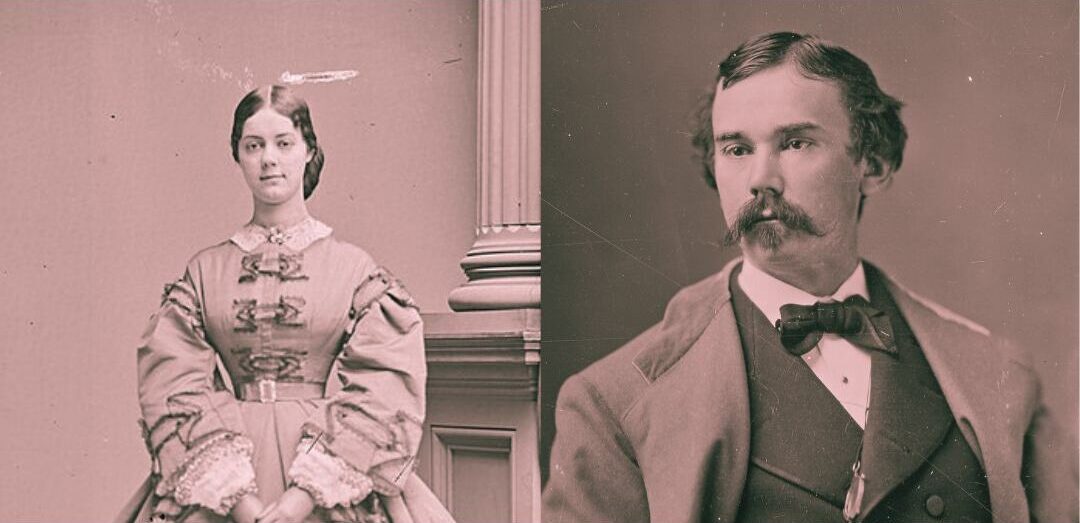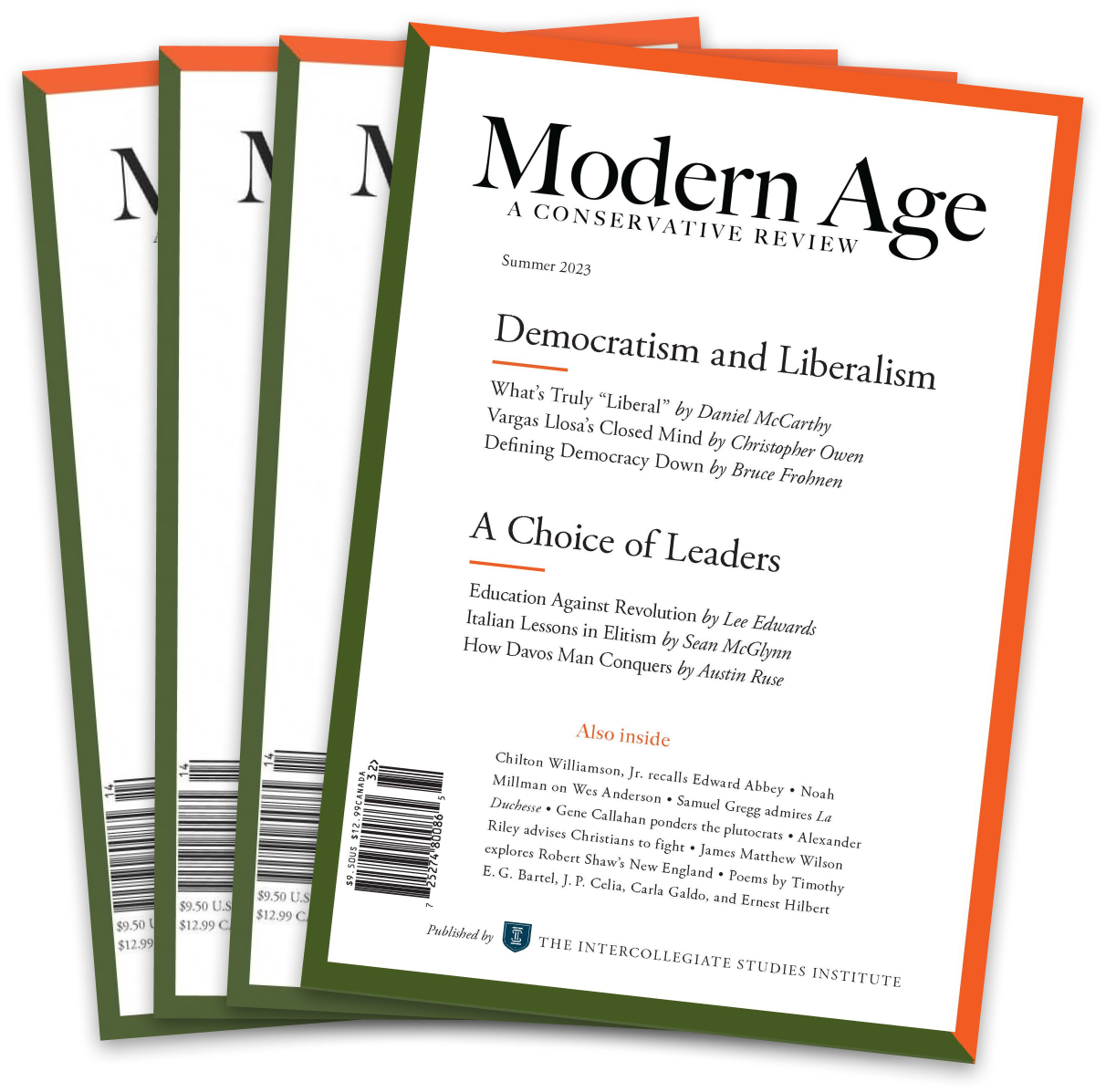The Ethics of Cosmology by John Caiazza
(Piscataway, NJ: Transaction Publishers, 2012)
The theme of this book is that modern cosmology reveals to us a universe with an “inescapable teleological basis,” which in turn can be used to ground an ethical theory of natural right. A bold claim by any measure with potential to ignite a cultural revolution, the author, John C. Caiazza, seeks to justify it by reviewing areas of modern science, including evolution, relativity, quantum theory, and of course cosmology. His position is a variant of the well-known anthropic principle, which indeed has many variants but fundamentally asserts that “from a cosmological point of view the existence and processes of the universe cannot be fully explained unless the human species is understood as an inherent phenomenon” (55). In particular, the fine-tuning of the universe at all scales and time periods is quite remarkable, since even a slight change in almost any physical constant, physical law, or initial condition would render the development of life impossible.
This fine-tuning has been discovered by science in the course of its normal investigations; it is not an external imposition on the part of philosophers, theologians, or anyone else. As the author notes, “various mechanistic explanations for the origins of life in a fine-tuned universe have been offered, but avoiding the implication that the universe has been designed to produce life is very difficult” (65). The connection with ethics is made in the final chapters of the book, where the author argues that the mechanistic conception of the universe dating to Newton (seventeenth century) warred with the traditional teleological conception. The author agrees with (and cites) Leo Strauss’s claim that “natural right in its classic form is connected with a teleological view of the universe,” as exemplified by Aristotle’s work, among that of others. The mechanistic view, he believes, leaves no room for natural right or any ethical theory based on it. Once a teleological basis for the universe is reasserted, a viable theory of natural right follows.
In the compass of a relatively short book such as this, no comprehensive treatment of (or even introduction to) subjects as vast as modern cosmology, relativity, quantum theory, or evolution is possible, and is not to be expected. As a result, the subject can only be treated at a fairly high level. In practice, the author just draws material from those disciplines in a nontechnical way in order to build his case. The book is aimed at general readers, so there is very little mathematics or discussion of more advanced topics, such as tensors. Having examined cosmology for the origin and development of the universe, and evolution (including abiogenesis) for its history, the author then discusses various ethical theories and attempts to connect the dots so as to end with a theory of natural rights. The discussion is a bit rambling, with the same points made many times; and there are many apparently irrelevant digressions. For example, after discussing the basis for morality in a teleological concept of the universe, he delves into the “universal beauty of creation”—an interesting topic but not immediately linked to the subject at hand.
How well does Caiazza succeed in his quest to reestablish ethics based on natural right in light of modern science? In order to make his case, the author needs to do three things: (1) establish the likelihood or credibility of the anthropic principle; (2) show that the anthropic principle entails a teleological view of the universe; and (3) show the connection between this teleological view (stemming from the anthropic principle) and a natural-rights-based ethical theory. To establish the anthropic principle, it is necessary to review a good deal of science. Unfortunately the author’s acquaintance with the scientific subject matter appears to be at a somewhat elementary level. He makes many common mistakes when discussing evolution, such as the identification of evolution with natural selection (aka, “survival of the fittest”). This is a serious error, because natural selection as a phenomenon was well known prior to Darwin’s time and is not in dispute in the evolution controversy. Evolution in the Darwinian sense can only happen if a source of new genetic material is available that can produce “improved” organisms, if those organisms can survive, and if the new genetic material can change not details but the whole architecture of the organism. Since the new (or changed) genetic material can only come about by random mutations, there is a serious question of whether any major change is possible by the proposed Darwinian mechanism. Of course, in some ways this weakness in the argument actually strengthens the case for the anthropic principle, because it makes the progression of life forms even more improbable.
Along these lines, we might also mention the problem of abiogenesis, or creation of the original cell from which all subsequent life is supposed to have descended. Caiazza alludes to the improbability of this and the fact that biologists have no clue as to how it could have happened. He could have strengthened his case by discussing why it is so improbable and why the counterargument often advanced about the great age of the universe is faulty. What is rarely discussed in biology texts (though the author mentions it here) is that the first cell would not benefit from the kind of stabilization that natural selection—a feedback mechanism—provides. Rather, the first cell would have had to incorporate not merely a “boundary,” an energy-transducing mechanism, and a reproducing mechanism, but also a mechanism for capturing information about its makeup and transmitting that, with a low error rate, to its progeny. All these would have to come together spontaneously and work together—none would be of any value isolated.
To give the reader a feel for a quantitative approach to this problem (not given in the book), consider the low error rate transmission mechanism needed for heredity—an especially difficult problem because the primitive cell would not have had the error-correcting mechanisms that modern cells have, thus compounding the problem of a workable mechanism. It is reasonable to assume that a molecule several hundred units long would be required even for a simple cell, but let us say just 150. If the probability of each unit assembling in the correct place is, say, 1/10 (probably too high), then the probability of the molecule spontaneously assembling in working order is (1/10)150. This number, 10–150, is so small that even if every particle in the universe (~1080) could assemble one molecule at random in Planck time (~10–40 sec), working since the Big Bang (1014 years~3 x 1021 sec)—something which is laughably impossible—the probability of getting the correct working sequence is still less than one in a billion. Any realistic estimate of the number of cases that could have been assayed is less than this by at least a hundred orders of magnitude. And this is only for one component of the protocell. The advantage of probability arguments in this context is that while one or two improbable things might happen, when the number required gets into the dozens or hundreds, the notion that nothing caused it starts to look rather improbable itself—a point that the book needs to make more forcefully.
When discussing cosmology, Caiazza again seems to have a limited acquaintance with the relevant science, because the book has a number of mistakes. He notes correctly that cosmology is now based on Einsteinian models rather than Newtonian models, but then says that the “Einsteinian universe is dynamic, has a definite beginning in time, and has been expanding since its beginning” (23). In fact, Einstein believed in a static universe, and the idea of an expanding universe came about later as a result of the discoveries of Edmund Hubble in the 1920s and the work of Belgian Jesuit Georges Lemaître. The expanding universe cosmology is based on a certain type of solution of the field equations of general relativity but should not be called an “Einsteinian universe.” Elsewhere the author says that “Einstein explained gravity as an energy field that emanated from objects” (23). It is very misleading to refer to warped space-time (the explanation of gravity in general relativity) as an “energy field.” Nor does the warping “emanate” from objects; rather, matter (as well as stress and momentum and energy) causes the warping, which in turn affects the movement of bodies through space-time. Caiazza also claims the “recognition by modern astronomy that the universe is infinite in extent” (30). This is simply untrue: astronomy or rather cosmology takes the universe as unbounded but not infinite—they are two quite different things. The book also contains a rather confused and misleading account of the events believed to have occurred in the first period of the universe’s history (63). He also confuses “grand unified theory” (GUT) with “theory of everything” (TOE). GUT theories unify three fundamental forces (weak, strong, and electromagnetic); a TOE is intended to unify all four forces (the foregoing plus gravity), and do additional things. There are other mistakes, such as speaking of “the temperature of the universe at the time of the big bang”—in fact, the Big Bang represents a singularity about which it makes no sense to speak of temperature.
On the positive side, with respect to cosmology, he is able to muster considerable evidence for the anthropic principle, especially in the fine-tuning of the universe as reflected in the exquisitely balanced combination of initial conditions, physical constants, and physical laws. As the author notes, “The fact of our living existence seems far more improbable than [the] hypothetical case of finding a watch on a mountain top, the example used in the nineteenth century [by Paley]. Indeed, we now know that human life is as complex as the universe as a whole” (104). Actually, a plausible argument can be made that it is, in fact, more complex.
A more thorough treatment of this subject can be found in other books that deal with cosmic fine-tuning in more detail and more convincingly. The recent book New Proofs for the Existence of God by Robert Spitzer may be of interest in this context. Additional topics should be given quantitative treatment to make the point better; this includes the exceedingly low probability of the low entropy condition of the universe after the Big Bang (1 in 1010123—a number with so many zeros after the decimal that, as Spitzer notes, even writing it out would fill up most of the universe), and the crucial relationship among several constants: gravitational (G), weak force (g w), and cosmological (L), where a change of 1 part in 1050 would be catastrophic.
Caiazza is well aware of the limitations of science in respect to conclusions about the universe and that the anthropic principle is in fact a metascientific inference:
The step from the finiteness of the universe and all the matter and energy within it to a superintending providence, design, or creator is not one that empirical science can make. Making that intellectual step requires philosophical proof by utilizing teleological concepts to deal with empirical phenomena, or by religious faith, that is, accepting the Bible as the revealed word of God. (102)
That is, the anthropic principle only gets us so far. What it really is can be understood with respect to science as an enterprise. Science deals with physical laws and how they work. The universe that science reveals to us can be viewed by stepping back from science, so to speak, in order to view the universe as a whole, from the smallest detail to the largest. This is what the anthropic principle does; it is thus an extrascientific exercise, but of course a very important one. It does not guarantee that “the cause or providence is the Lord God revealed in the Hebrew and Christian scriptures,” any more than Aristotle’s “First Mover” is that God.
The author goes on to suggest that “it is possible to hypothesize that the God of the physicists is finite, with just enough power and intelligence to have created the universe, but no more” (102). However, while it may be possible to hypothesize this, it really doesn’t work, because in that case one could ask about what created this “God of the physicists,” and this would start an infinite regress. Once one concedes that the source of the universe must be outside itself, one is committed to a transcendent God. That is why no one seriously proposes a finite God, and why those who wish to reject religion start by rejecting the anthropic principle. Once the anthropic principle is accepted, one is committed to some type of transcendence, be it or not the Hebrew or Christian God—a point not lost on the principle’s opponents.
For the second of the three main tasks, linking the anthropic principle to a teleological interpretation of the universe, the author does not proffer any separate argument. He just takes it part and parcel of the anthropic principle: “The teleological account of cosmic history that is put forth here assumes that human existence is the point of cosmic evolution, that is, that human beings are not only the interpreters of cosmic history, but by that fact also an inherent part of it” (61). To this I would say, “Not quite”: being an inherent part of something is different from being the point of it. Nonetheless, despite the problem of rigor, once the anthropic principle is established, few would dispute that it is indeed man that is the point of the universe’s apparent design.
The third task, establishing the connection between a teleological view of the universe and a natural rights or natural law ethics, is perhaps the most original part of the book. The need for this, of course, is rather apparent, and Caiazza’s observations about modern society will come as no surprise to readers of this journal:
Decrying the times is an ancient and ongoing tradition, from Isaiah to Tom Wolfe. But the point here is not to elaborate how much worse things have gotten, although a good case can be made that the moral condition of American society has gotten worse. Rising rates of illegitimacy, violent crime, and cohabitation since the 1950s combined with the intense vulgarization of popular entertainment all together attest to a general decline in public morals. (117)
But the author is more concerned with the related problem of the “explicit withdrawal of moral standards from public policy” (117). He argues that attempts to ground moral behavior in the absence of a theory of natural right have foundered, and thus there is a need to reestablish a basis for natural rights. He believes that the teleological interpretation of the universe is the key. In particular, he makes the connection between the anthropic principle and natural rights in this manner:
To say that the universe aims at human life in its fullest is to give a trans-biological form to natural right. And if the good of cosmic existence lies in the good of human existence, we can discern a set of goods subordinate to that final or ultimate good. Natural right is technically a teleological theory of ethics and thus a nonreductive, nonrelativistic theory that asserts the objective reality of moral norms. (81)
He then goes on to make the surprising claim that “such considerations imply what contemporary philosophy terms a ‘consequentialist’ theory of ethics, that is, one that decides the morality of an action in terms of its effects” (81). He claims that it differs from utilitarianism in that goodness rather than happiness (of the greatest number?) is the criterion.
It is difficult to see how this can possibly work. The major flaw of utilitarianism and any consequentialist ethical theory is that actions never stop having consequences. Thus it is impossible to know all the consequences of a given action, and therefore impossible to judge its morality. Worse, the consequences we do see often become apparent long after the action takes place. The suspension of moral judgment that this entails precludes any workable ethical theory. If moral norms are objective, then an action is judged based on its conformance with or variance from those norms at the time of the action. (Note that if we change the criterion of morality to be what the subject thinks will be the consequences, we no longer have a consequentialist theory but a normative theory.) To make an ethical theory out of a teleological interpretation of the universe, it is necessary to assume, as do Aristotle and Aquinas, among others, that what is good is what makes a thing fulfill its true nature. In the case of man, this would be loving and serving God. But this is not the only possible ethical theory: Scotus and Ockham, for example, both argued that what is moral is what God says is moral, and that may or may not be what we perceive to be the fulfillment of man’s nature (assuming we can in fact understand this). Fitting that type of ethical theory into a teleological view of the universe is perforce more difficult.
We also note that “natural right” does not seem to be explicitly defined anywhere in the book, but appears to be more or less synonymous with “natural law.” The idea stems from the Stoic conception of universal law, which in turn derives from the order found in the physical universe. The closest we come to a definition seems to be this:
Natural right is . . . implied as a quality of a universe that applies to the human race designed for functional, aesthetic, and rational ends. The essence of natural right doctrine is that moral right and wrong is discernible by rational beings, and further that the perception of moral reality is not a psychological projection or a social construct of accidental “values” but is the comprehension by the intellect of the rationality inherent in the fabric of the universe. The doctrine of natural right is implied by postmodern cosmology by its indicating the finitude of the physical universe due to its beginning in time and by the fact that the existence of living and rational beings in our universe is not very likely accidental. (4)
This unfortunately leaves the crucial link between perception of moral right and wrong, the finitude of the universe, and the existence of living and rational beings up in the air.
So has Caiazza achieved his stated goals? First, the evidence mustered (and other evidence not given in the book) makes the anthropic principle hard to deny. Of course, those who are bound and determined to see the universe in a mechanistic way will dismiss the anthropic argument as little more than wishful thinking based on some (extraordinary) coincidences. But, as noted, as the number of coincidences and the degree of fine-tuning increase, the anthropic principle will appear more and more menacing to skeptics. Nevertheless, the evidence does not prove the anthropic principle beyond a doubt. So those seeking absolute certainty will have to look elsewhere. It should be noted, however, that if the anthropic principle is true, it is a fact about the universe—not a scientific fact, but a metascientific fact, though a fact nonetheless. These facts, unlike scientific facts such as “the age of the universe is 13.7 billion years” or “there was a period of inflation after the Big Bang,” entail changes in the worldview and way of life of their hearers. For this reason, they are strongly resisted in some quarters, regardless of evidence.
Second, the fact that the universe appears to have been designed to produce man does not in itself prove that it was designed for any ulterior purpose to which man, in turn, is subordinated. According to the author, the design implied by the Big Bang and the universe as a whole “provides the basis for a teleological ethics. Mankind seen as an essential part of the universe would presumably have been designed for some purpose” (4). Now this is a bit curious: the anthropic principle usually means that the universe was designed to produce man; this may make him an essential part of the universe but doesn’t prove that he was designed for some purpose. So the connection between design in the universe and natural right is not rigorous but merely plausible.
Third, the connection between a theory of natural right and an ethical theory is also somewhat problematic. In Aristotle and Aquinas, moral theory stems not from a notion of man being designed for anything but from his essence. The basic approach, as outlined above, is to show that the anthropic principle implies a teleological view of the universe and then to infer the theory of natural right. If the universe has a purpose, then everything in it must work to achieve that purpose—this will be its good and thus its moral obligation, if a free being. This is a possible ethical theory but not the only possible one, even in a Christian context. As a result, the last step also falls into the category of “plausible” rather than “probable” or “certain.” The degree of certainty will likely be a function of the reader’s own philosophical predilections. More work needs to be done to sharpen this part of the argument.
Overall, The Ethics of Cosmology addresses a very important topic—the implicit connection between modern scientific results and natural law—and despite its shortcomings takes a first step toward understanding that topic and making it known at large. It does so by pulling together some disparate subjects in a way that makes manifest the fact that modern science is pointing us toward something much different from anything anyone thought possible a century ago. Undoubtedly, a firm connection between modern scientific results and natural law ethical theory would entail a cultural revolution. For this reason, it may be fought tooth and nail but will still triumph in the end. The key requirement is “firm connection,” and we do not yet have that, though the goal may be in sight. Because absolute certainty about these matters will never be achieved, we may assume that the goal is to adduce enough evidence to convince “reasonable people.” So the audience consists of three groups:
(1) those who will never be convinced regardless of evidence; (2) those who are skeptical but might be convinced (“reasonable people”); and (3) those who will accept almost any argument in favor of God and morality (also “reasonable” but not needing to be convinced). The goal is to reach the second group, and I assume that this was Caiazza’s goal with this book. A more comprehensive and rigorous book is really needed for this purpose, one that contains more technical material and is more technically accurate, in order to satisfy those who may be sitting on the fence. When dealing with a controversial and culturally upending subject, every i must be dotted and every t must be crossed. Such a book would need to be written jointly by several authors, given the range of expertise required. We shall have to await that book; in the meantime, readers may find Caiazza’s book interesting and useful as a starting point. ♦
Thomas B. Fowler is adjunct professor of engineering at George Mason University and a retired systems engineer. His doctorate is in systems and control theory from George Washington University.














